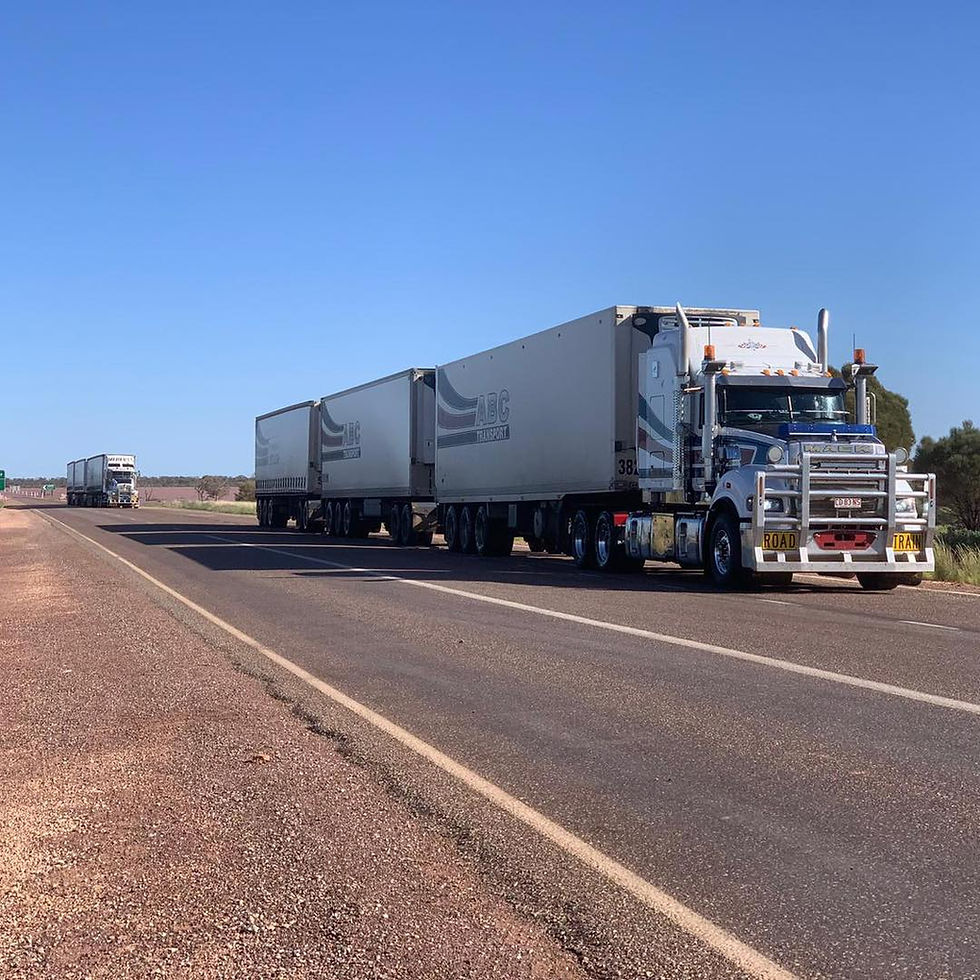The economy shows its resilience
- John McDonnell
- Sep 1, 2021
- 3 min read

The Australian economy grew by 0.7 per cent in the June quarter and 9.6 per cent for the year to June. This is an extraordinary result and far exceeds the predictions of economists.
A Reuters poll of economists had predicted that the economy would grow by 0.5 per cent in the June quarter, compared with the previous quarter.
The chief economist at BIS Oxford, Dr Sarah Hunter, told the ABC that it needed to be borne in mind that the ABS statistics were backward-looking:
"This is particularly true at the moment given the ongoing lockdowns in NSW, Victoria and the ACT.
"Economic activity has clearly been severely disrupted, and it is likely that the national economy will contract by around 3 per cent in the September quarter as a result."
Dr Hunter said assuming the vaccination rollout continued at its current pace:
"...it is likely that the eastern states will begin to re-open in the December quarter, and this will enable the economy to recover".
"But the shift to a new COVID-normal, where there are persistent cases within the community, will make some people cautious; the recovery this time around will be drawn out into 2022."
The relatively strong growth figures were driven by a combination of high domestic consumption, high iron ore prices and a big winter agricultural crop.
However, it is likely that there will be a substantial contraction in the September quarter, because of the lockdowns. If these end in the December quarter then the economy will come back as Dr Hunter predicts.
At the moment the household savings ratio is very high as people squirrel away money they can’t spend in the usual fashion. While some of this may have been used to pay down mortgages, there will still be some used for discretionary spending. This will drive the recovery in the December quarter.
An interesting aspect of the prospect for recovery is the fact that data from New South Wales shows that the Doherty Institute modelling is unduly pessimistic.
As Andrew Mohl points out in Wednesday’s ‘Financial Review’, in the four weeks to August 14, there were 6480 locally acquired cases of COVID-19 in NSW. NSW Health breaks these cases down by vaccination status.
Of these cases 97.3 per cent were either unvaccinated or partly vaccinated.
Only 178 people who had been fully vaccinated were infected locally with COVID-19 in this period.
They made up just 2.7 per cent of COVID-19 cases.
Similarly, only 27 people who had been fully vaccinated were admitted to hospital in the two months to mid-August, representing 2.9 per cent of hospital COVID-19 admissions.
The Doherty Institute’s modelling for national cabinet included predictions for fully vaccinated people for key health metrics nationally over 180 days.
Doherty predicted the following for fully vaccinated persons in the six months after reaching the 70 per cent vaccination threshold:
58,166 COVID-19 infections
4144 hospital admissions
993 ICU admissions
685 deaths
Overall, the trends in NSW for fully vaccinated people are tracking way below the Doherty central case national predictions.
Using the NSW data and grossing it up to Australia-wide proportions, it is hard to see COVID-19 infections in fully vaccinated people reaching even 10,000 nationally in the six months after reaching the 70 per cent vaccination threshold.
That is less than a fifth of Doherty’s central case prediction.
This has implications for the prospects for economic recovery. If many fewer people are sick, then there will be more people at work and fewer resources devoted to health care.
Overall, the cost to the economy of the pandemic will be much less than predicted, so the numbers for the last quarter of this year and the first quarter of next year are likely to be better than forecast.
Similarly, only 27 people who had been fully vaccinated were admitted to hospital in the two months to mid-August, representing 2.9 per cent of hospital COVID-19 admissions.






Comments